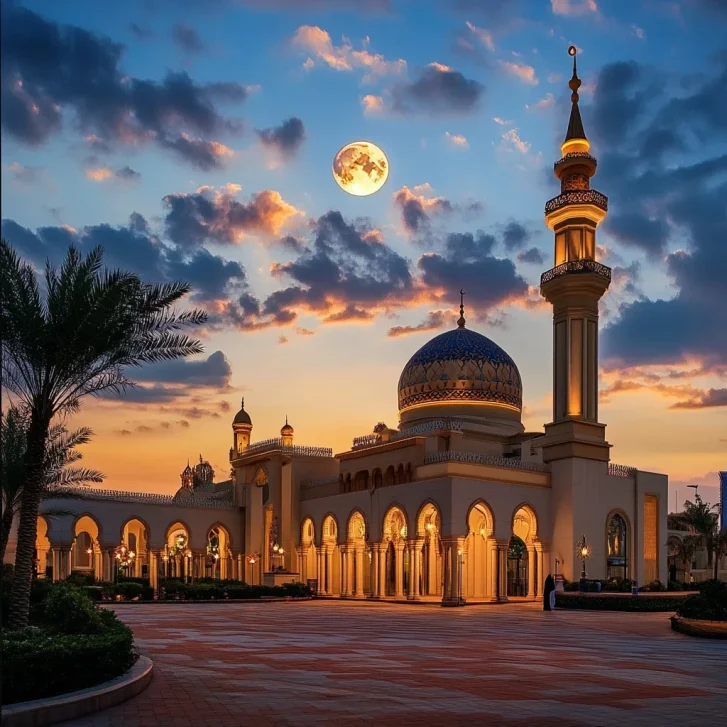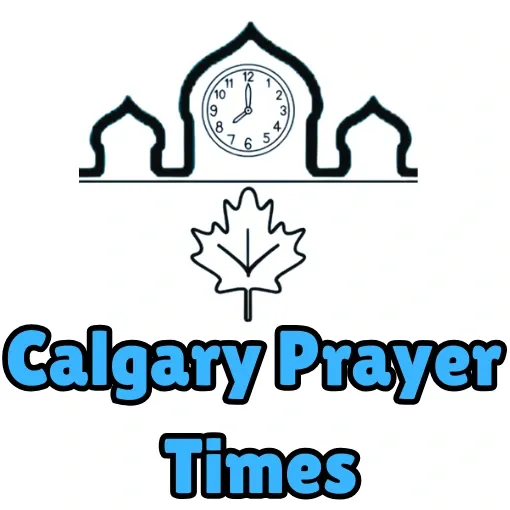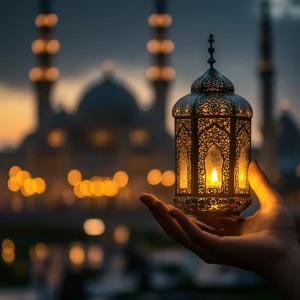Ramadan and the Islamic Calendar
Ramadan and the Islamic Calendar. Islam recognizes Ramadan as its holiest month, where followers practice religious devotion as well as self-control while seeking spiritual revelation. The Islamic calendar serves as the base for determining when Muslims should observe Ramadan since it functions on different dates than the Gregorian calendar used around the world. Muslims need to understand how the dates of Ramadan relate to the Islamic calendar since these movements affect their planning for the sacred month each year.
The Islamic calendar functions as the guiding system for identifying Ramadan observances, and Muslims require specific preparations for this important month, so this article explains its operation and its date-setting process along with the necessary information for preparation.
Understanding the Islamic Calendar

The Hijri calendar serves as the Islamic calendar because it functions as a lunar calendar system. The Islamic calendar differs from the Gregorian calendar since it uses moon phase observation to establish when a new month begins. The start of every month in the Islamic calendar depends on observing the new moon, which results in different month durations since moon visibility differs from place to place.
The Islamic year contains 12 months that span either 30 days or 29 days in total to achieve lengths from 354 to 355 days, thus measuring approximately 10 to 12 days shorter than the Gregorian year’s 365 days. Every Islamic month, as well as the holy month of Ramadan, moves backward during each Gregorian year by 10 to 12 days.
The Islamic calendar began in 622 CE when Prophet Muhammad (peace be upon him) performed the Hijra from Mecca to Medina. The Islamic calendar uses AH (Anno Hegirae) naming to indicate each year since the Hijra period.
How Ramadan’s Dates Are Determined

The lunar nature of the Islamic calendar determines that Ramadan will not observe fixed dates on solar-based Gregorian calendar systems. The Islamic month of Ramadan begins with the appearance of the first new moon after the eighth month. When the new moon appears in the ninth month of the Islamic calendar, which is named Ramadan, the holiday begins.
Various geographic locations having different methods for moon observation lead to divergence in the start of Ramadan between different territories and regional areas of one nation. Several nations decide when Ramadan starts by using their local moon sighting practices, but additional nations select their start dates from global or astronomy-based mathematical calculations.
Each Ramadan lasts for 29 or 30 days unless the new moon is not visible and Shawwal arrives to mark the end of the month. Due to the sighting of the new moon, Ramadan draws to an end, which Islamic communities celebrate through the festival of Eid al-Fitr.
The reason for annual changes in Ramadan date

The Islamic calendar is shorter than the Gregorian calendar, which causes Islamic months to shift backward by ten to twelve days each year. The beginning of Ramadan on April 1st in one year leads to its appearance ten to twelve days sooner in the next year (March 20th). Muslims experience Ramadan’s moving schedule throughout all seasons because this yearly pattern makes the month move toward different annual temperatures.
Muslims use the pattern of changes to experience fasting during diverse environmental and climatic conditions. Muslims who experience fasting in multiple weather conditions obtain greater spiritual benefits because they understand how life is short and appreciate different circumstances.
The Importance of Moon Sighting in Ramadan

The beginning of Ramadan relies heavily on observing the appearance of the new moon. The start of Ramadan depends on either traditional visible moon sighting practices or using mathematical calculations, depending on which community you belong to. The establishment of different days for Ramadan throughout the world creates confusion because people have differing moon sighting methods.
Many Muslims gather at their local mosques to jointly confirm the sighting of the moon. Muslim communities in close proximity to moon-sighting areas will also commemorate the occasion on the same days. Some areas select Ramadan dates through the use of astronomical calculations since they need predictions about when the moon will emerge.
Saudi Arabia and Indonesia base their Ramadan timing decisions on local moon sightings, but Turkey and India mainly focus on astronomical calculations.
Muslims should adjust plans for Ramadan dates.

As per Islamic tradition, the annual movement of Ramadan presents Muslims with an exceptional chance to develop their spirituality yearly. Different aspects of daily life experience change due to Ramadan’s moving dates, including
The conditions of fasting experience substantial changes due to the seasonal movement of Ramadan. Muslims experience longer fasting periods during the summer, when the weather is warmer, in contrast to the shorter daylight hours and cooler weather during the winter. A person needs to prepare differently throughout Ramadan because of hydration requirements and physical endurance needs.
The selection of Ramadan dates affects both the normal working hours and educational learning sessions within Muslim-majority nations. The daily operations of businesses in the workplace shift toward earlier closing times to support Iftar rituals and extra-night Taraweeh prayers. The change of Islamic months throughout the year impacts how work operations adjust their schedules.
Spiritual development emerges as a profound opportunity for Muslims every year throughout the movable dates of Ramadan to concentrate on separate facets of their spiritual growth. The annual movement of Ramadan creates diverse spiritual possibilities that enable Muslims to build various types of devotion throughout their lives.
FAQs for Ramadan and the Islamic Calendar
Conclusion
During Ramadan, Muslims celebrate an important month that includes mandatory fasting and spiritual development through prayer. People who understand the Islamic lunar calendar combined with new moon sightings develop the necessary preparation for Ramadan and accept its spiritual rewards. Muslims develop their self-discipline and their gratefulness through fasting Ramadan at different times of the year, which shifts annually because of the lunar Islamic calendar. The understanding of Islamic chronology and its procedures for identifying Ramadan timestamps helps Muslims design religious rituals in line with the sacred observances of this blessed month.







